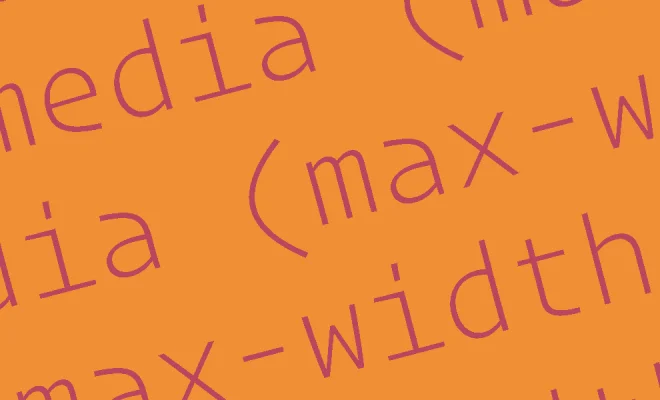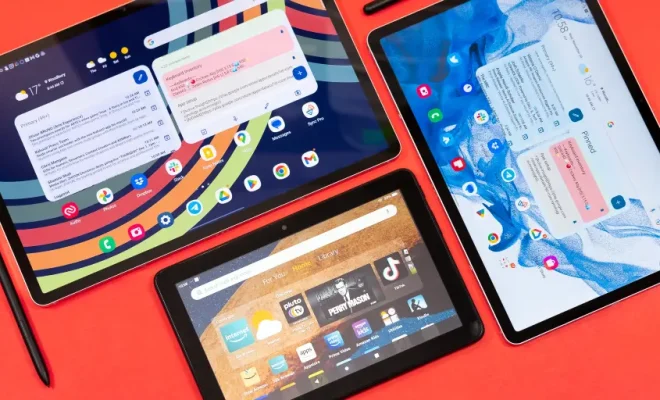OpenSea vs. Rarible: Which Is the Best NFT Marketplace?

Since the emergence of NFTs (non-fungible tokens), the world of art collection and ownership has been revolutionized uniquely. NFTs allow digital art and other forms of creativity to be sold and traded as unique items, enabling ownership rights of the original to be retained and verified on a blockchain network. Enter OpenSea and Rarible, two of the biggest NFT marketplaces that have taken over the digital art world by storm. In this article, we will compare both and provide insight into which NFT marketplace is the best.
OpenSea is one of the most famous NFT marketplaces out there, founded in 2017 by Devin Finzer and Alex Atallah. OpenSea features millions of NFTs and helps artists in obtaining royalties on their digital artwork. The marketplace supports over 300 different NFTs and ERC20 tokens, with a high level of transparency and reliability for buyers and sellers.
It is important to note that OpenSea focuses solely on digital art, making it stand out from other NFT marketplaces. This factor allows artists to have a dedicated platform for showcasing and selling their work, giving them better exposure to potential buyers.
However, the downside to this is that OpenSea can be seen as less versatile compared to other NFT marketplaces. Since the platform only deals with digital art, buyers may feel limited in what they can purchase.
On the other hand, Rarible has been gaining popularity amongst NFT enthusiasts and is the go-to alternative to OpenSea. Rarible was launched in 2020 and gained traction as the first platform to allow users to mint their NFTs without the need for any programming knowledge.
Rarible aims to provide a more diverse range of crypto items than OpenSea, including physical objects and even social media accounts. It has a low barrier to entry for artists and collectors alike, with the minting process being simple enough for the average person to use. Users can also trade ideas through its community vision board, giving people the chance to vote on and bring new projects to the platform.
While being more versatile, Rarible can’t quite compete with OpenSea regarding the amount and variety of NFTs. Additionally, the platform does not have the same emphasis on digital art, making it less advantageous compared to OpenSea for artists looking to sell their artwork.
Overall, both NFT marketplaces exhibit unique characteristics and advantages. In the end, the choice between OpenSea and Rarible will ultimately depend on the buyer’s interests and what they’re looking to purchase. OpenSea is a great choice for those interested in digital art collections, while Rarible is ideal for those interested in acquiring a more diverse range of NFTs. Ultimately, the platform chosen must meet the needs of the user and their interests, making it ideal for both established and new shoppers.






